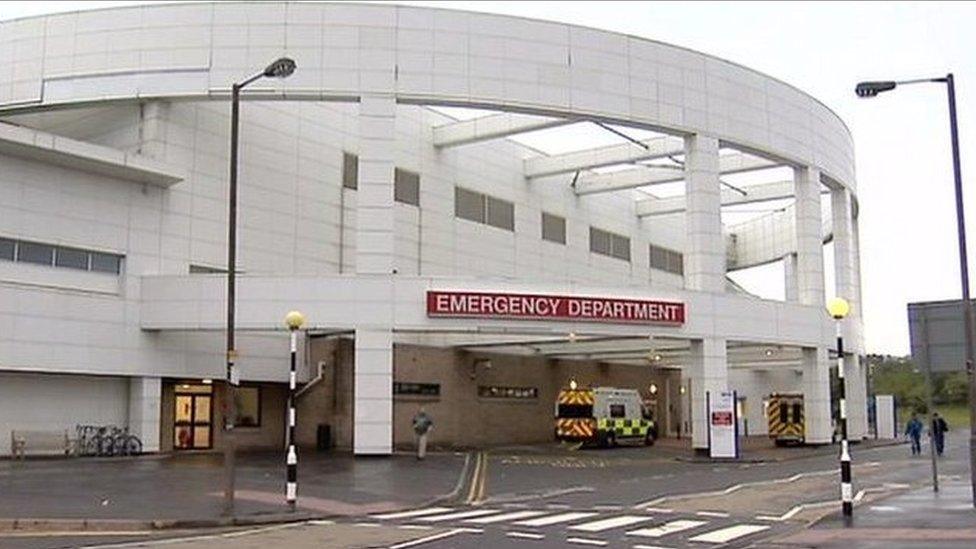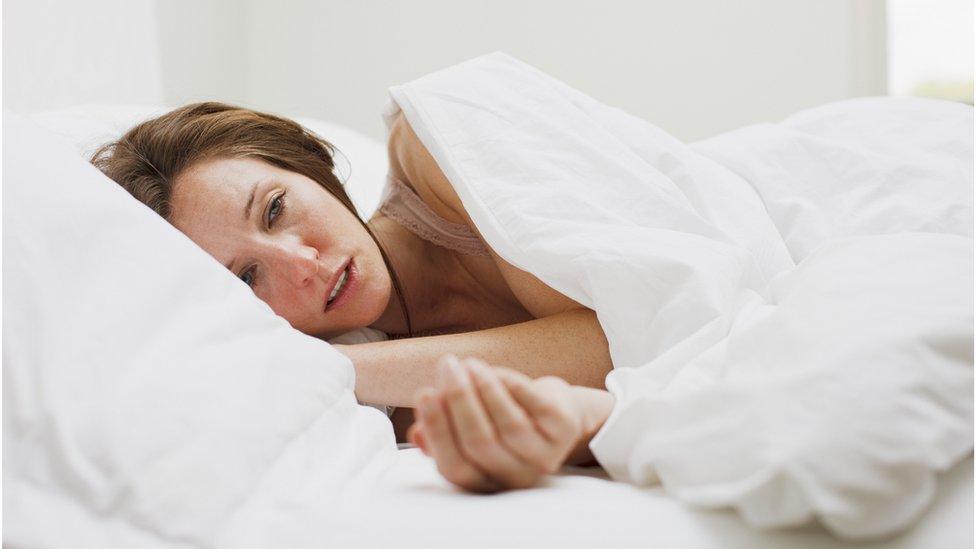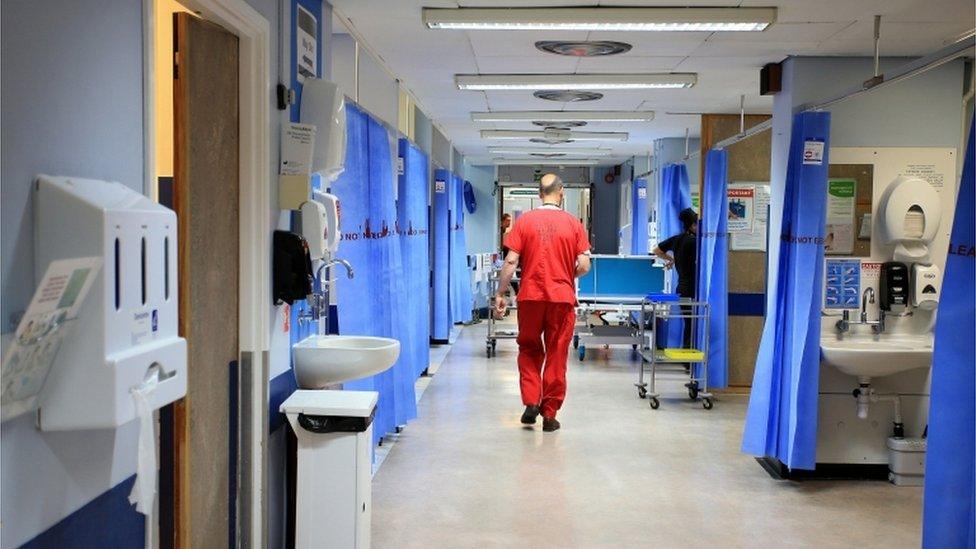Scottish NHS waiting times performance at new low
- Published

The recording of weekly waiting figures began three years ago
The performance of Scotland's A&E units in the first week of the year deteriorated, despite recording a record low at the end of 2017.
The latest weekly figures showed 77.9% of patients were dealt with within the four-hour target time.
The figure was even lower than the previous week which was the worst since weekly recording began three years ago.
The Scottish government said the flu rate had doubled at the start of the year, putting pressure on A&E.
Health Secretary Shona Robison said: "Despite the flu rate doubling in a week, A&E performance remained broadly the same, with nearly four out of five people attending A&E admitted, discharged or transferred within four hours."
The stats for the first week of the year, which included two bank holidays, was slightly down on the 78% for the final week of the year.
This was well below the Scottish government's 95% target, and the lowest since the weekly figures began in February 2015.
If you can't see the NHS Tracker, click or tap here, external.

The number of patients attending emergency departments in the week to 7 January - 25,280 - was the lowest since October and down 585 on the previous week.
But 5,591 patients spent more than four hours in an emergency department, 95 fewer than the previous week.
The figures show 470 patients spent more than 12 hours in an emergency department, up 58% on the previous week.
The number waiting more than eight hours to be admitted, transferred or discharged went up by about 25% to 1,449.
NHS Forth Valley, which only has one A&E unit, was the worst performing health board, with just 64.9% dealt with in four hours.
Glasgow (71.9%), Lanarkshire (74.9%) and Lothian (73.8%) also record low figures.
NHS Tayside (90%) was the best performing mainland health board, with Highland (89.4%) and Grampian (89.1%) also faring well.
Steep rise
Monthly figures for December released last week for the NHS in England show that 77.3% of "type 1" attendances at major A&E units were dealt with inside the four-hour target.
BBC figures for December showed the Scottish A&E waiting times had performed slightly better than the NHS England despite recording the worst figures for years.
Scotland's health secretary said the "steep rise" in flu cases was continuing to have an effect on A&E.
Weekly figures released by the health service ISD (information Services Division) showed an increase in cases from 46 per 100,000 people in the last week of December to 107 per 100,000 in the first week of January.
Ms Robison said: "Patients with flu-like illnesses are cared for in single rooms or in wards with other patients with the same type of flu.
"This is to ensure infection control and to reduce the spread, and while it can often mean waiting a little longer in A&E to be admitted, it is paramount for the safety of all patients."
More than 12 hours
Scottish Labour's health spokesman Anas Sarwar said: "Scotland's A&E performance under the SNP this winter has been abysmal - and there is no sign of it getting better".
Conservative health spokesman Miles Briggs said the Scottish government had "ignored" warnings about the challenges winter would bring.
The Tory MSP said: "It used to be that patients going to A&E would worry about not being seen within four hours.
"Now, under this SNP government, there's a reasonable chance they'll have to wait double that, with hundreds every week even spending 12 hours or more in casualty."
He said hardworking were not getting the support they deserved from the government.
Liberal Democrat health spokesman Alex Cole-Hamilton was also critical, saying: "It is hard to imagine waiting over 12 hours in A&E but that is exactly what almost 500 patients had to do in the first week of 2018."
This story was originally published on 16/1/18
- Published11 January 2018

- Published11 January 2018

- Published9 January 2018
